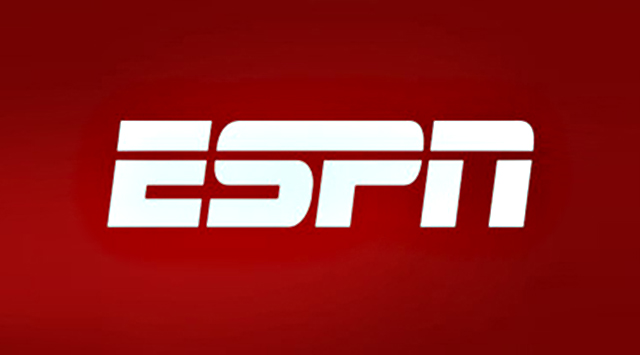Register by Jan 13 to save on passes and connect with marketers from Uber, Bose and more

For a company that has proudly proclaimed many times over its commitment to direct sales only, ESPN is slowly changing its tune.
ESPN was one of the loudest proponents of cutting off ad networks and taking a dim view of automated ad buying. It believed — and preached — the virtues of premium environments, sold exclusively through a sales team. But that’s changing as ESPN inventory reportedly pops up on ad exchanges for rates around $3 CPM.
A buyer said, “One side says, ‘We’ll never do this. It will denigrate our brand. We have great editorial and a valuable audience, and it’s a place where big sponsorships get done.’ The other side, there are big people saying, ‘We’re losing on yield. If we don’t change, we’re missing opportunities, and it doesn’t seem right to miss that opportunity.’”
This is a discussion going on at most major publishers. Some like Turner and USA Today are still holdouts. Others are taking cautious steps to open up their inventory to automated buying.
Earlier this week, Digiday saw a Right Media-delivered ad. ESPN said it doesn’t do business with Right Media and wound up pulling the ad. Lisa Valentino, svp of media sales at ESPN, who oversees programmatic buying, said ESPN created a private marketplace in late 2012. ESPN controls inventory, pricing and who participates, and the exchange is powered by Google’s AdX and AdMeld. Valentino wouldn’t give a percentage of how much inventory is put into its private marketplace.
“Ours aren’t open,” Valentino said. “What they’ve created for us is a private marketplace. We don’t participate in any of their public options.”
“We have seen them in the open but at tiny volume,” a DSP executive said. “We don’t do private marketplaces because the volume is small and the effort required is a pain.” Another buyer said, “They’re definitely not invite-only. They’re being coy on being open. They haven’t restricted us.”
ESPN’s not the only prominent publisher rethinking opposition to programmatic ad buying. The Wall Street Journal, for instance, uses Rubicon to power a marketplace.
“We’re making great strides, but programmatic is a catalyst,” said Brendan Moorcroft, CEO of Mediabrands Audience Platform, part of Interpublic Group . “We want to be data-based driven, and we’re trying to eliminate the fear and myth that this is just a way to drive yield down. It’s not. It’s not the intention at all. It’s so positive for the industry to see a great message come out of it. It increases sell-through rates. There’s a halo effect when brands like Forbes and ESPN declare it’s a good thing and not a race to the bottom. If you’re a company, that doesn’t have good editorial or audience, you should be worried. ESPN doesn’t have to be.”
As for the future of ESPN’s programmatic travels, don’t bet on it opening up giant swaths of inventory on its exchange.
“Our core business is always going to be multimedia sponsorship,” Valentino said “It’s our unique selling proposition for fans and for customers. I really see this as a growing business, or we wouldn’t have invested in it. But it’s secondary to our core: content across every screen and translate that in meaningful ways for clients.”
Image via Shutterstock
More in Media

Media Briefing: Here’s what media execs are prioritizing in 2026
Media executives enter 2026 weathered by disruption, but refocused on AI revenue, brand strength and video and creator opportunities.

Why publishers are building their own creator networks
Publishers are forming creator networks to regain control, combat traffic declines, and reach audiences shifting toward influencers.

The accidental guardian: How Cloudflare’s Matthew Prince became publishing’s unexpected defender
Cloudflare’s day job is fending off botnets and nation-state cyberattacks, not debating how Google and other AI firms crawl publisher sites.





